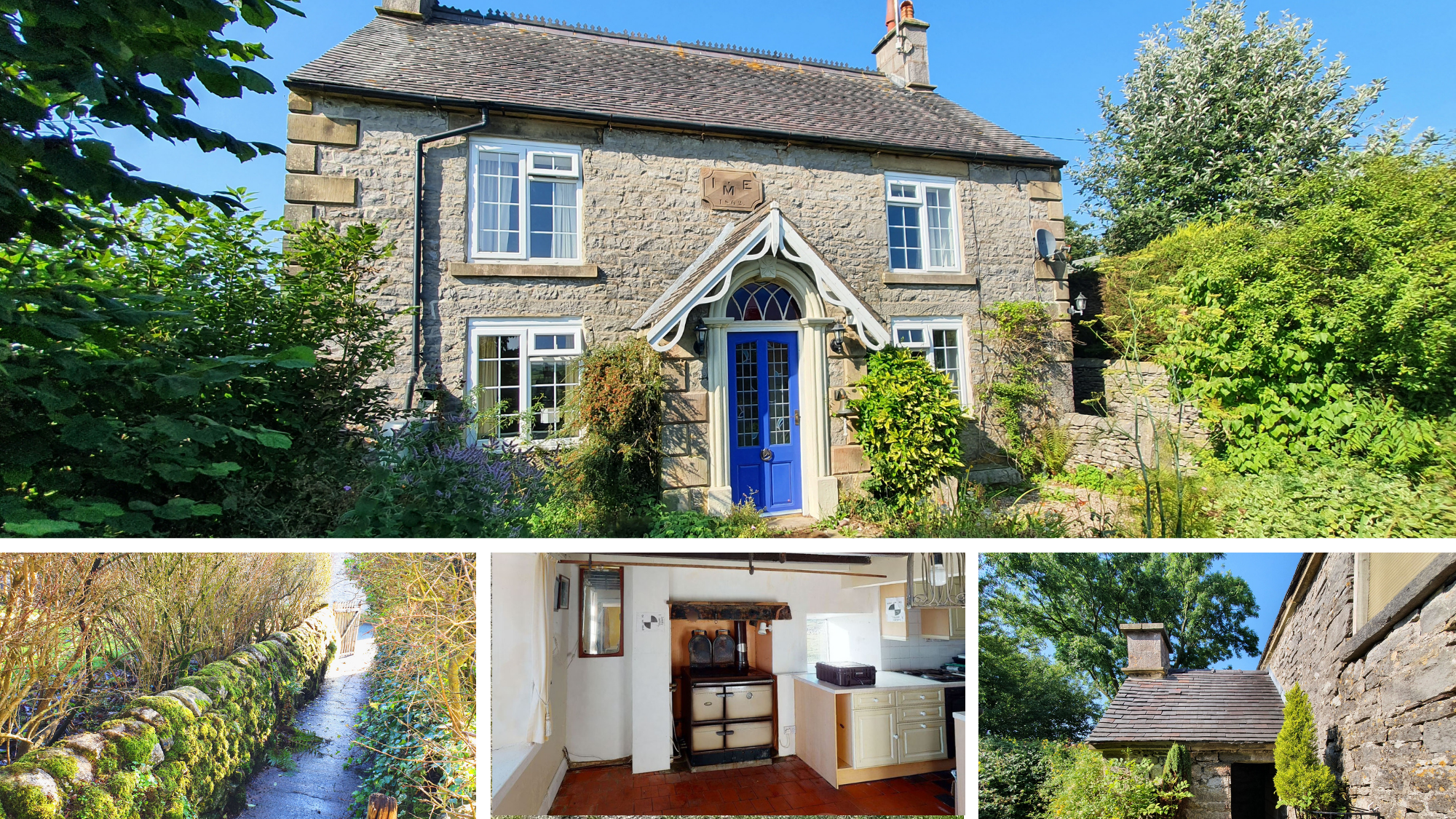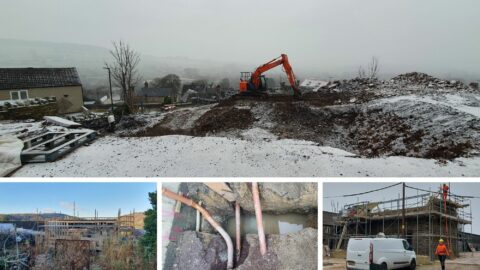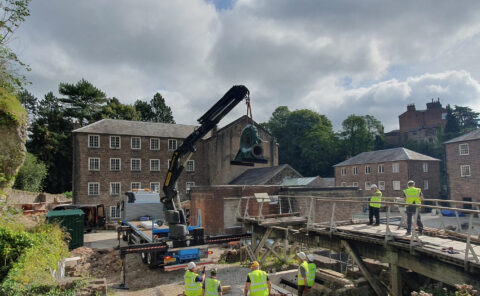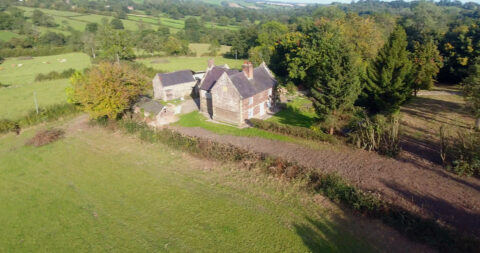Finding the most appropriate solution to a building’s energy requirements, balancing upfront costs, running costs, practicality and site suitability is an increasingly complex challenge.
New gas boilers offer excellent efficiency, reasonable running costs, and economical installation, but UK housing stock, massively reliant on natural gas, is responsible for releasing vast amounts of carbon into the atmosphere, accelerating the climate crisis. Plus, as part of the drive for the UK to become carbon neutral by 2050 the government has legislated to end the installation of gas boilers in new homes by 2025 and end the sale of new gas boilers completely by 2030, so developing and installing effective, alternative low-carbon solutions now is essential.
In a perfect world, a building and heating system would be designed together, and Oakenstone’s first principles are always to design a building that requires as little heating as possible in the first place. However, installing a new system in an existing building inevitably presents challenges and compromise. We must preserve the historic character of the building, manage the limitations of the building’s size and fabric and fit the most economically and environmentally appropriate solution for our clients.
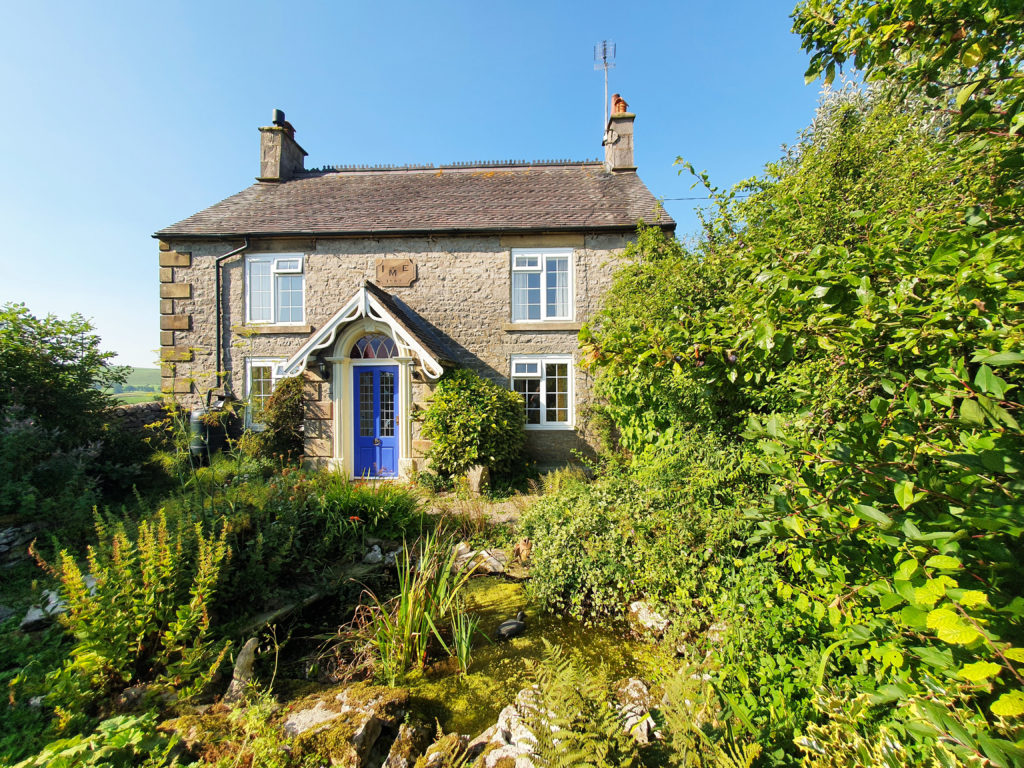
Oakenstone are about to commence work on the renovation of a beautiful but somewhat neglected farmworker’s dwelling, delightfully situated off the beaten track on the edge of a picturesque village between Ashbourne and Buxton. The work will include a loft conversion and complete renovation plus an ultra-modern, large glass extension which will connect the house to an existing outbuilding adding living space to create a large, comfortable family home.
With no access to mains gas the previous owner relied on oil for heating, hot water and cooking. But Oakenstone have been tasked to find a cleaner, environmentally sensitive, low carbon alternative. So how do we arrive at the best solution for this new project?
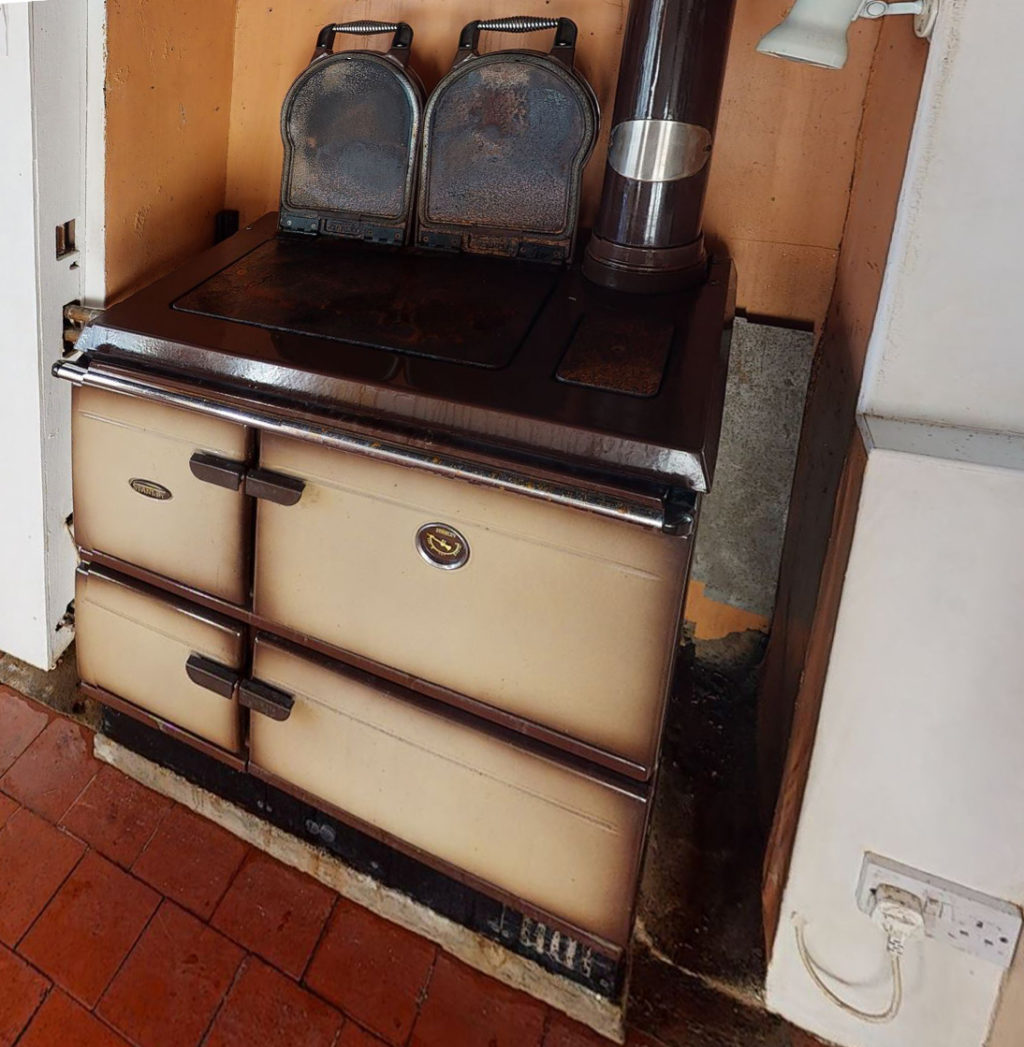
External insulation and render would not be appropriate for this beautiful old stone building, but the existing plaster inside is in poor condition and will be removed as part of the works allowing us to add insulation to the external walls behind new plaster. Plus, the loft conversion will include a new super-insulated roof.
Installing new high performance windows will allow our expert joiners to pay meticulous attention to the reveals and frame seals, eliminating draughts at this common leakage point. These measures will significantly reduce the building’s energy demands.
But this is still an old house in an exposed location, not built or oriented to capture and make use of the sun’s warmth, so it will still require some additional heating. Oakenstone want to install a system that is future-proof and as environmentally sensitive as possible. Our client has agreed that marrying an Air Source Heat Pump to a new Underfloor Heating System will offer an effective solution. Put simply, an Air Source Heat Pump extracts heat from the outside air and, using fairly simple technology, puts it into the house’s heating system.
Air Source Heat Pumps run on electricity to power the internal compressor and pump, meaning no need for gas or oil, and if the electricity can be generated from renewable sources, there is no fossil fuel use in the running of the system. Underfloor heating will mean that the whole downstairs will be kept comfortably warm and an integral electric heating element can be used to supplement the system on very cold days.
Heat Pumps are not a panacea. They are at their most efficient in milder weather, and may struggle to provide all the heat required during extremely cold periods. But, in a properly insulated home coupled to the right radiators or Underfloor Heating and possibly supplemented by a log burner in winter they are an excellent, low-carbon heating solution.
Learn more about Air Source Heat Pumps from this Energy Saving Trust video:
And you can read more about renewable energy options here – Generating renewable energy – Energy Saving Trust
Oakenstone Design Planning Build are experienced in designing low energy homes and in selecting and installing suitable low-carbon heating and ventilation systems. If you are planning a new build or a home renovation and upgrade, contact us to see how we can help.
